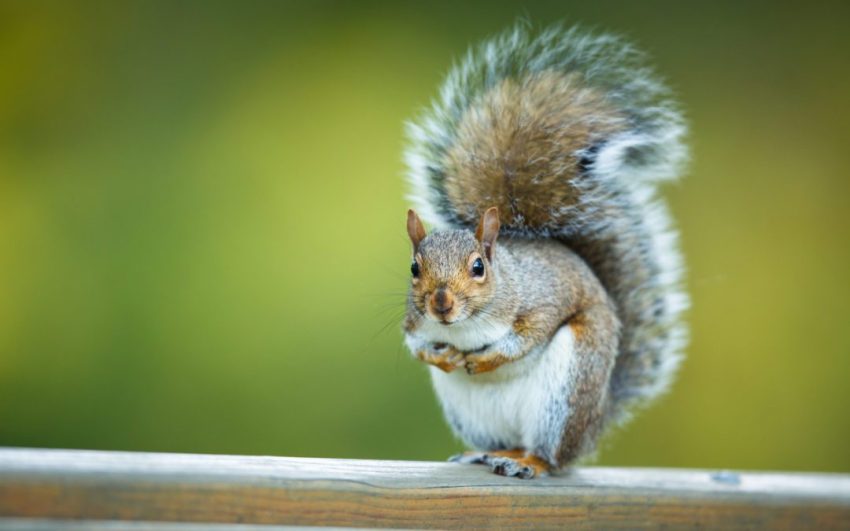Wildlife is beautiful and fascinating, but sometimes it can become a nuisance, invading our homes and causing damage. That’s where wildlife removal comes in. Whether it’s raccoons rummaging through your trash or bats nesting in your attic, dealing with these situations requires knowledge and expertise.
Here are nine things you need to know about wildlife removal to protect your home and the animals themselves.
Identifying the Problem:
The first step in wildlife removal is identifying the issue. Strange noises in your attic or evidence of chewing and scratching are common signs of unwelcome animal visitors. It’s essential to determine which species you’re dealing with to devise an effective removal strategy.
Leave It to the Experts:
While it might be tempting to handle wildlife removal yourself, it’s often best left to the professionals. wildlife control Clatsop County OR, for example, have the experience and equipment necessary to remove animals safely and humanely from your property.
Humane Practices:
Ethical considerations are crucial in wildlife removal. Professionals prioritize humane methods that minimize stress and harm to the animals. This might involve live trapping and relocation or exclusion techniques to prevent future intrusions without harming the wildlife.
Legal Compliance:
Wildlife removal is subject to regulations and laws designed to protect both humans and animals. It’s essential to ensure that any removal activities comply with local and state laws. Ignoring these regulations can result in fines and legal consequences.
Prevention is Key:
Once the immediate wildlife issue is addressed, it’s essential to take steps to prevent future infestations. This might include sealing entry points, installing barriers, or removing attractants like food sources from your property.
Health Risks:
Wildlife infestations can pose health risks to you and your family. Animals like raccoons and rodents can carry diseases that can be transmitted to humans through bites, scratches, or contact with their waste. Prompt removal and thorough cleaning are essential to mitigate these risks.
Structural Damage:
Wildlife can cause significant damage to your home’s structure and belongings. From chewing wires and insulation to tearing apart ductwork and roofing, the cost of repairs can quickly add up. Timely removal and preventive measures can help minimize this damage.
Ecological Impact:
Wildlife removal isn’t just about protecting your property; it’s also about preserving ecosystems. Many animals play vital roles in their habitats, and indiscriminate removal can disrupt delicate ecological balances. Professional wildlife and pest control services walterboro sc prioritize conservation and environmental stewardship.
Educating Yourself:
Finally, educating yourself about local wildlife and their behaviors can help you better understand how to coexist peacefully. Learning about the habits and habitats of common wildlife species can help you identify and address potential issues before they escalate.
Conclusion:
Wildlife removal is a complex and nuanced process that requires careful consideration of both human and animal welfare. By understanding the basics of wildlife removal, you can protect your home while also respecting the natural world around you.
Remember, when it comes to dealing with wildlife, it’s always best to leave it to the experts. With the help of professionals, you can ensure that your wildlife encounters are handled safely, ethically, and effectively.

